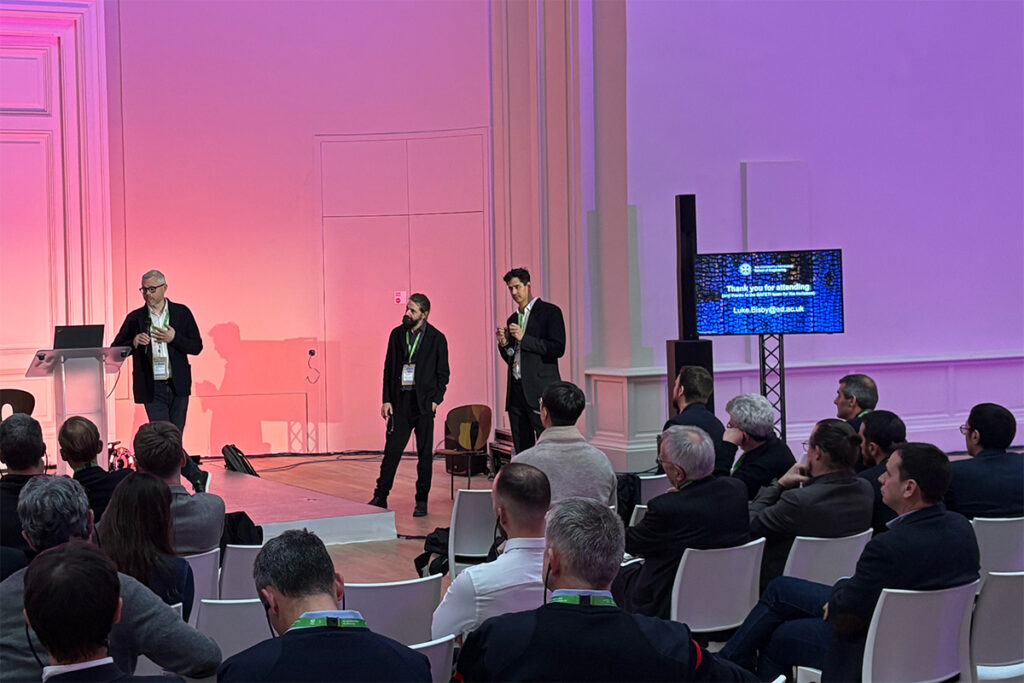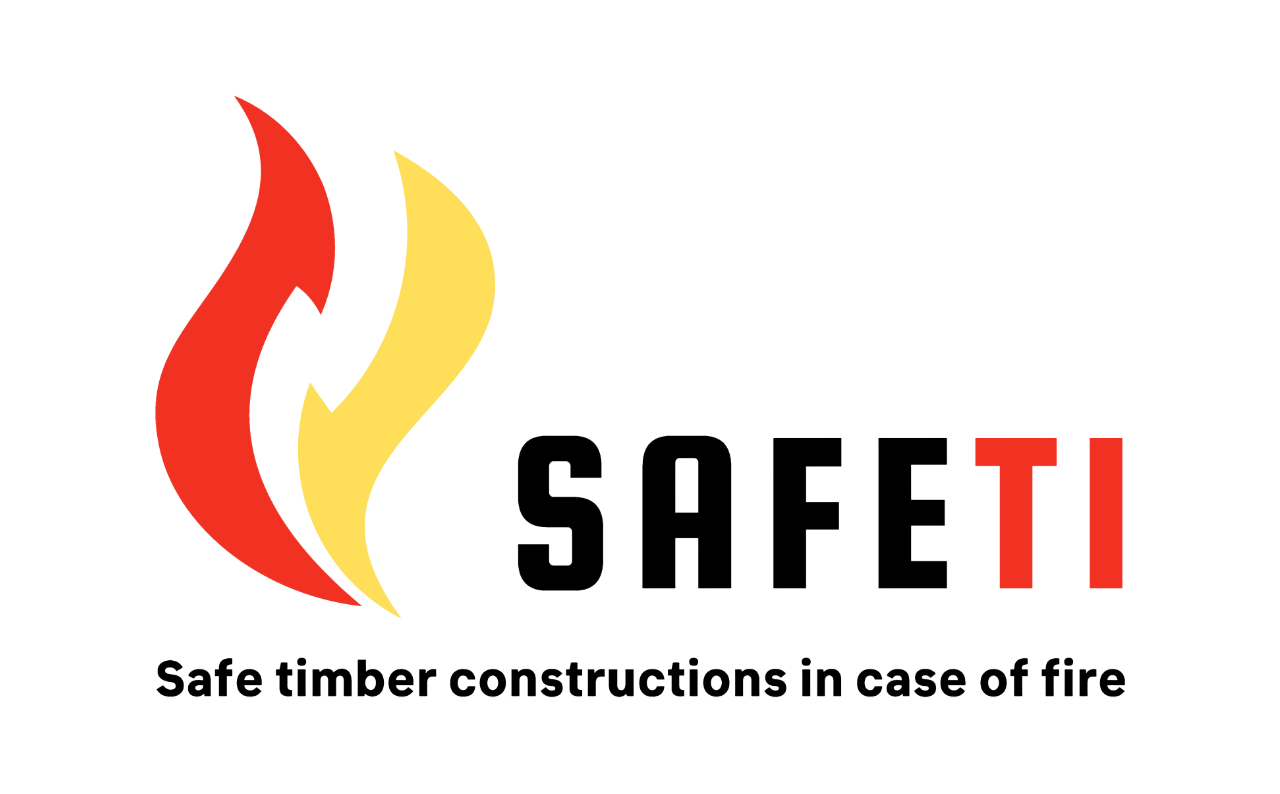Unit 1 of the SAFETI project is a feedback from ongoing and recently completed research projects carried out in France and internationally to study the fire behaviour of timber structures. To analyse changes in regulations governing timber structures (strategies for ensuring safety, differentiation of building typologies, etc.), international exchanges have been organized with experts.
In this context, a workshop “International feedback on changes to fire regulations for timber structures” took place on 28th of February 2025 during the Paris 2025 International Wood Construction Forum. This feedback was based on 7 countries that have recently amended or supplemented their fire regulations.
The presentations were given by 4 internationally recognised experts, who played an active part in the work that led to the regulations or guidance:
- Luke Bisby, Professor at the University of Edinburgh,
- Daniel Brandon, senior researcher at Halliwell Fire Research,
- Andy Buchanan, Professor Emeritus at the University of Canterbury and Director of PTL,
- Joachim Schmid, researcher at ETH Zurich and Managing Director of IGNIS.

Experts videos
Luke Bisby, Professor at the University of Edinburgh
Luke Bisby agreed to take part in the delicate task of discussing fire regulations for timber buildings in the UK, given that existing statutory guidance is not necessarily applicable to such constructions! After a brief review of the UK regulatory system, Luke offers an overview of the recommendations that are now the consensus in the UK for dealing with fire in timber buildings. What is striking is that these recommendations are all the result of the will and work of the timber construction industry itself, and in no way of the national authorities.
Daniel Brandon, senior researcher at Halliwell Fire Research
In this video, Daniel Brandon takes up the challenge of summarising the advances made in 5 countries in terms of fire regulations for timber constructions: Australia, USA, Sweden, New Zealand and the Netherlands! Daniel shows that in these countries, existing building regulations are being adapted to timber construction (Australia, Netherlands) or are even well advanced (USA, Sweden, New Zealand). Thanks to Daniel’s summary, it is interesting to note a fairly common approach between the 5 countries concerning the adaptation of measures, and in particular the limits on accepted unprotected wood, depending on the height of the building and the presence of sprinklers.
Andy Buchanan, Professor Emeritus at the University of Canterbury and Director of PTL
Professor Emeritus Andy Buchanan is no stranger to the international fire engineering community. His participation in the fire workshop is a rare opportunity to find out how fire regulations are adapted to timber construction in New Zealand. Andy is directly involved in the work that led to the publication of supplementary rules for timber construction. One of the strengths of these recommendations is that they are the result of a consensus between all those involved in timber construction. In this presentation, Andy takes us through some of the details of the recommendations, with a particular focus on the permitted proportions of exposed timber in buildings, depending on the height of the building and whether or not sprinklers are present.
Joachim Schmid, researcher at ETH Zurich and Managing Director of IGNIS
The Swiss regulations stand out in particular for their adoption of a global approach based on risk and on a statistical analysis of the investment induced by the current fire safety measures. Judging that too much money is being invested in fire safety measures, these will be revised by 2026-2027. In this context, Joachim Schmid presents current practices in terms of fire safety in timber constructions, with a particular focus on the use of sprinklers, which allow timber to be used relatively freely in high-rise buildings in Switzerland, even when it is unprotected (encapsulated).
